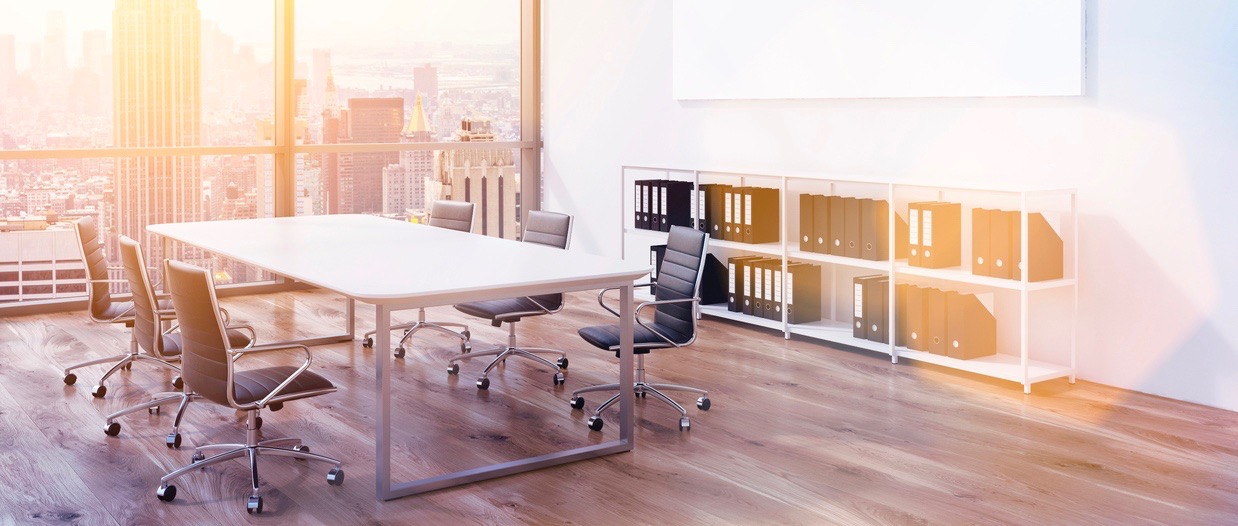3 New Workplace Trends You Need to Know


Experts are calling 2016 the Year of the Millennial—a pseudonym created in part because the millennial generation now makes up the largest portion of the U.S. workforce, and in part because big predictions are brewing about how this generation will reshape the future of the office.

Unlike their predecessors, millennials are young enough to have adapted to technology early in life, but old enough to remember civilization without it. They are uniquely conditioned to love and appreciate how technology makes life easier, and are huge proponents of leveraging technology in their careers.
Workplace Trends That You Should Know
So this means big changes in store for the future of the workplace, especially as members of this generation start moving into leadership and executive roles. Here are three predictions you need to know about now to prepare for the future.
1. Flexible Work Arrangements Have Become the Norm
Thanks to technology, work can be done any time from any location, which means the traditional 9-to-5 routine is becoming extinct.  Did you know that 95 percent of millennials want the option to at least occasionally work outside the office? And 77 percent think flexible hours would make the workplace more productive? This generation also values work-life balance over high salary positions. In light of these facts, an increasing number of organizations are offering employees telecommuting or remote employment opportunities and flexible work arrangements.
Did you know that 95 percent of millennials want the option to at least occasionally work outside the office? And 77 percent think flexible hours would make the workplace more productive? This generation also values work-life balance over high salary positions. In light of these facts, an increasing number of organizations are offering employees telecommuting or remote employment opportunities and flexible work arrangements.
If given the choice, most younger professionals would prefer to choose their start and end time, or have the opportunity to compress their workweek to four 10-hour days instead of five eight-hour days. This sort of flexible work style makes achieving work-life balance possible.
But employees aren’t the only ones benefitting from this kind of setup. As a business leader, a flexible work arrangement means …
- Employees are more productive
- Companies achieve greater employee satisfaction and less turnover
- Shutdowns and emergencies bear less weight (employees are equipped to work anywhere)
- Organizations experience less sick employees and absenteeism
- Companies become more attractive to top industry talent
2. Open Offices are Replacing Traditional Layouts 
Cubicles and individual offices could become a thing of the past as more organizations opt for open floor plans and hot-desking, like American Express, Citigroup and PricewaterhouseCoopers.
Eliminating walls and barriers creates clear sight lines and more opportunity for collaboration and communication. It also helps organizations slim down and cut operational costs. For example, GlaxoSmithKline reportedly saves $10 million each year due to its unassigned seating arrangement.
The trigger for this change is the rise in telecommuting and flexible work arrangements. Employees don’t need dedicated workspaces anymore, and the most competitive organizations realize the waste in paying for empty desks and office space.
But some organizations question whether opening things up really increases productivity, believing instead that it actually creates more distraction.
Organizations with successful open offices have a few things in common:
- They furnish their offices with moveable furniture that can be reconfigured so employees are able to work privately or collaboratively.
- They do away with assigned seating and offer seating alternatives like standing desks, yoga ball seats and sofa/lounge areas so employees have several options and the ability to move around throughout the day.
- They create think spaces, meditation spots, or private areas where employees can go to make private phone calls, meet with clients or work in peace.
- They create collaboration areas specifically for group meetings and brainstorming sessions, and place these areas further away from the main open space so as not to disrupt other employees.
3. Management Software and the IoT Will Rule Everything
The Internet of Things (IoT) is arguably the biggest influencer of change in the workplace since the Internet. That’s because it’s now possible for “smart” electronic devices to automatically communicate with one another without any human-to-computer interaction. This degree of automation means monumental workplace changes.
With the right management software to govern all this automation, leaders (particularly facilities managers) are in for a real treat:
- Your business leaders will be equipped to track the location and utilization of every inventory item, computer, mobile device, piece of equipment and room in your building.
- All connected devices are sharing information, which means big data can be collected and analyzed in real time to track and monitor behaviors, and identify ways to increase efficiency while lowering cost.
- “Smart buildings” equipped with IoT-capable light fixtures, smart utilities and advanced management software will make predictive maintenance a reality for facilities managers. Predictive maintenance means the end of routine inspection and unexpected malfunctions that contribute to business down time as technology will monitor equipment and send notifications if updates or repairs are required.
Is your office ready for the future? The business that will thrive in the years to come will be those that adopt these trends early and embrace their limitless possibilities. While younger generations catch a lot of flack for their unconventional work ethics, they also bring fresh and exciting perspectives to the business table. And it’s their vision that will ultimately reshape the workplace of the future.
Editor’s Note: This post was previously published on Inc.com and has been republished here with permission.
